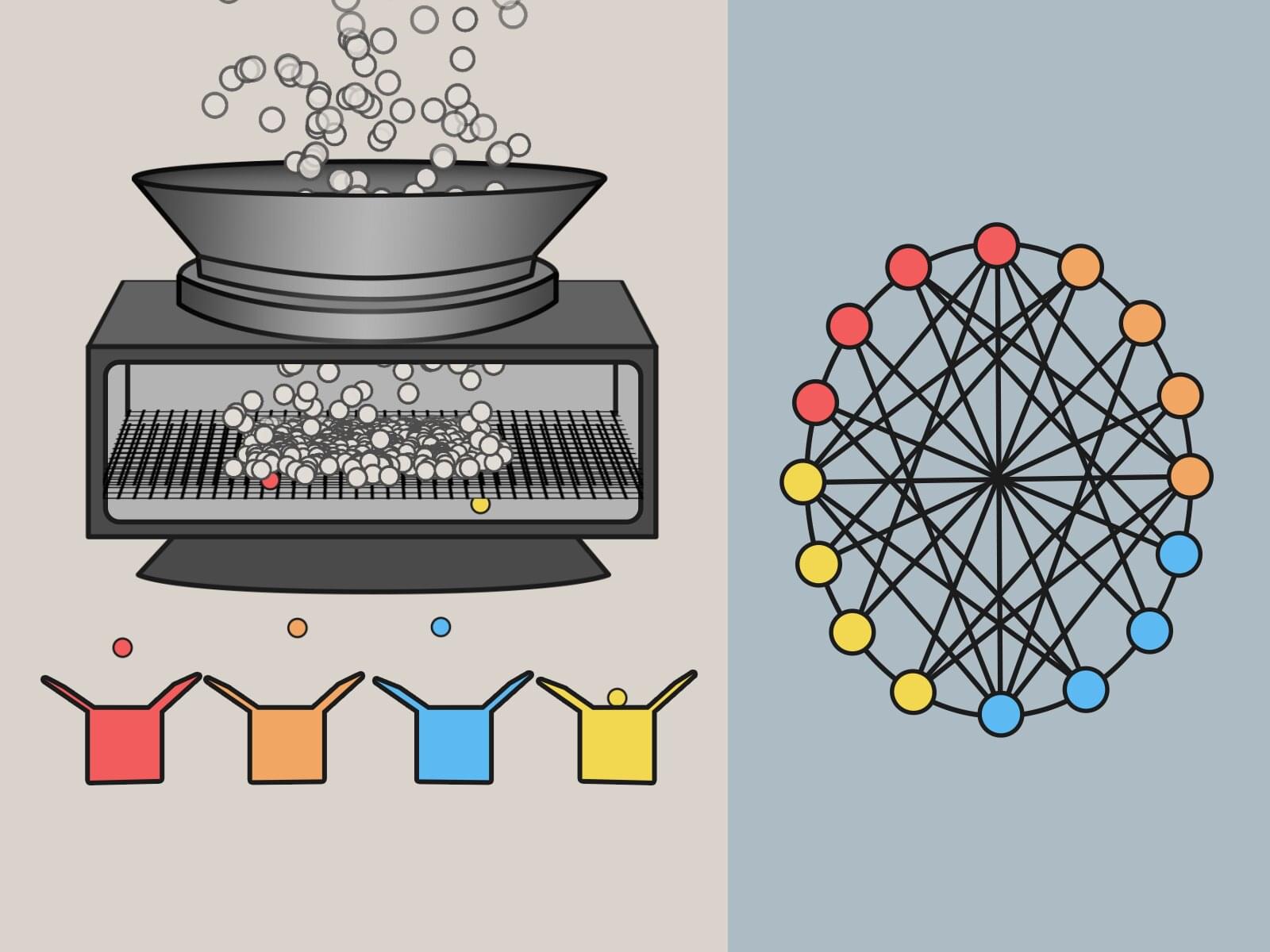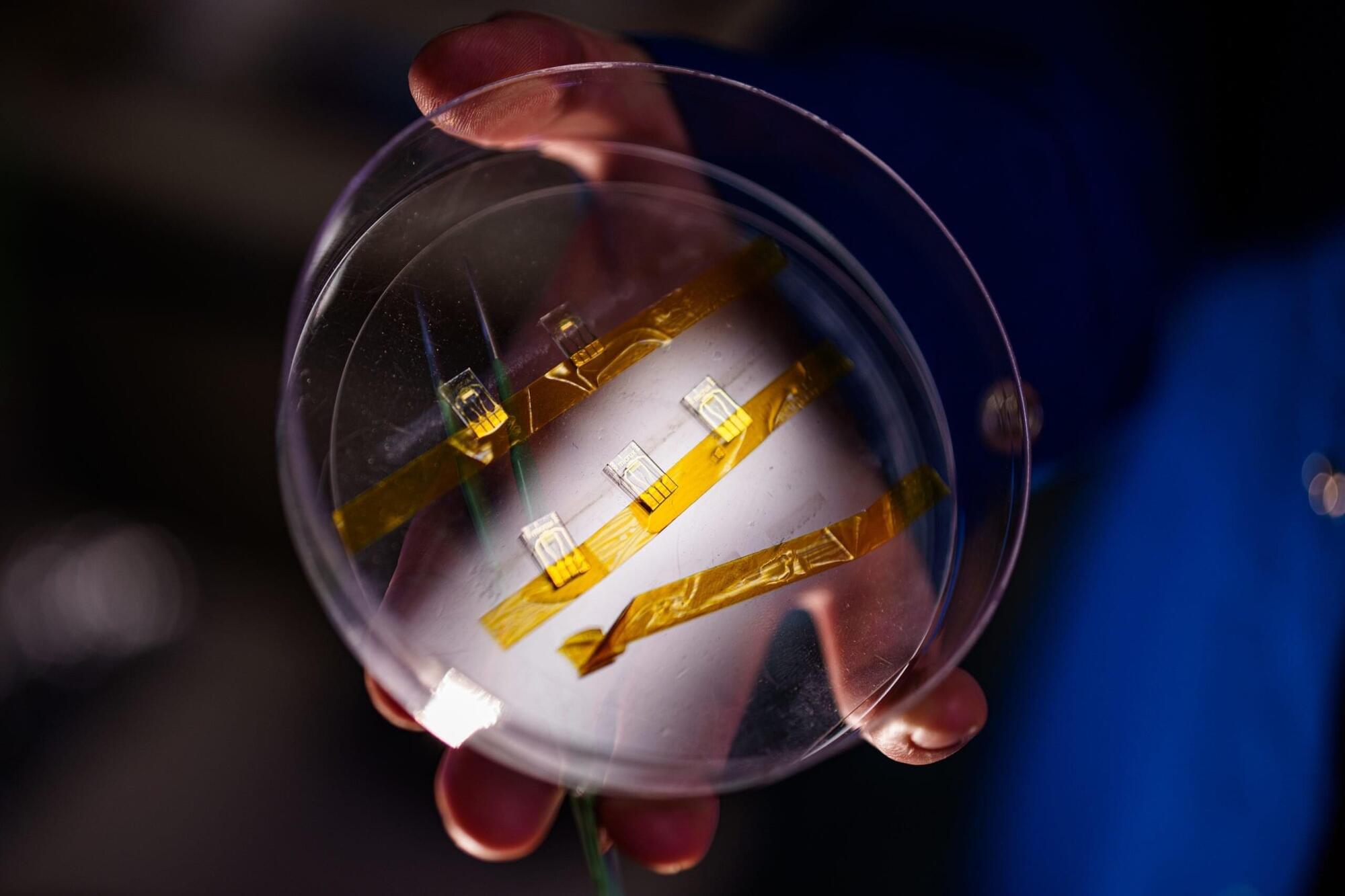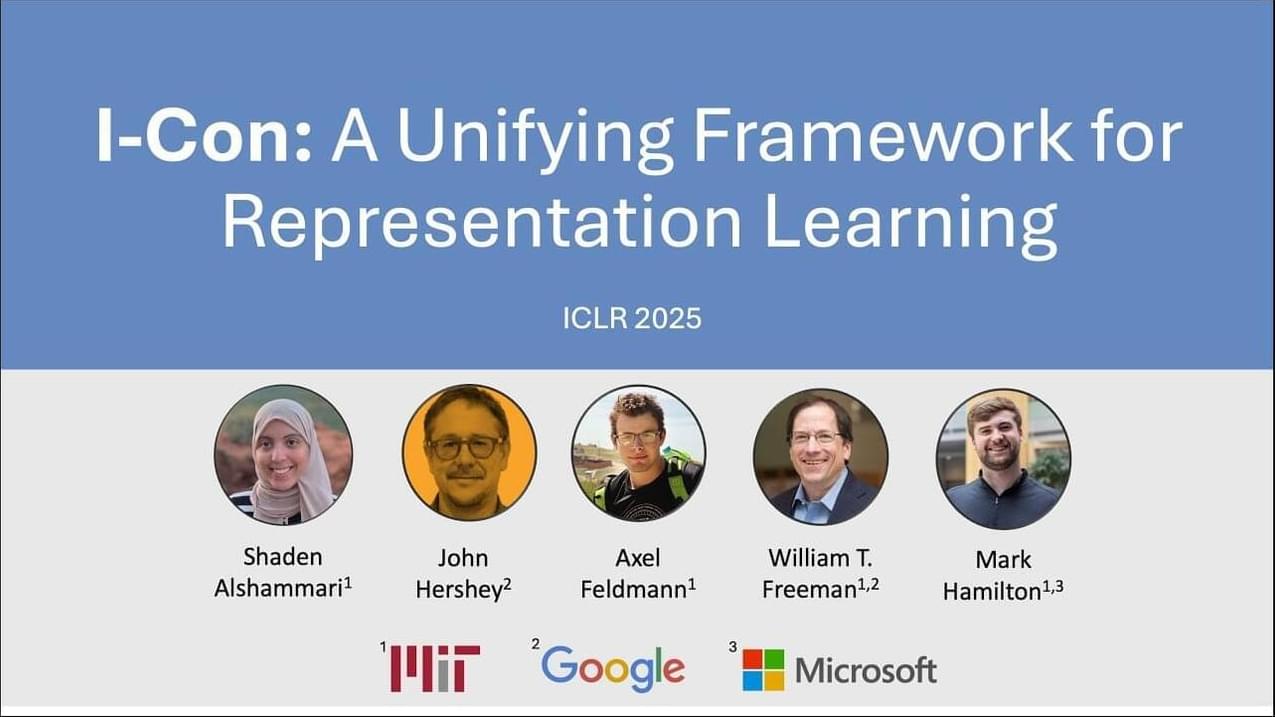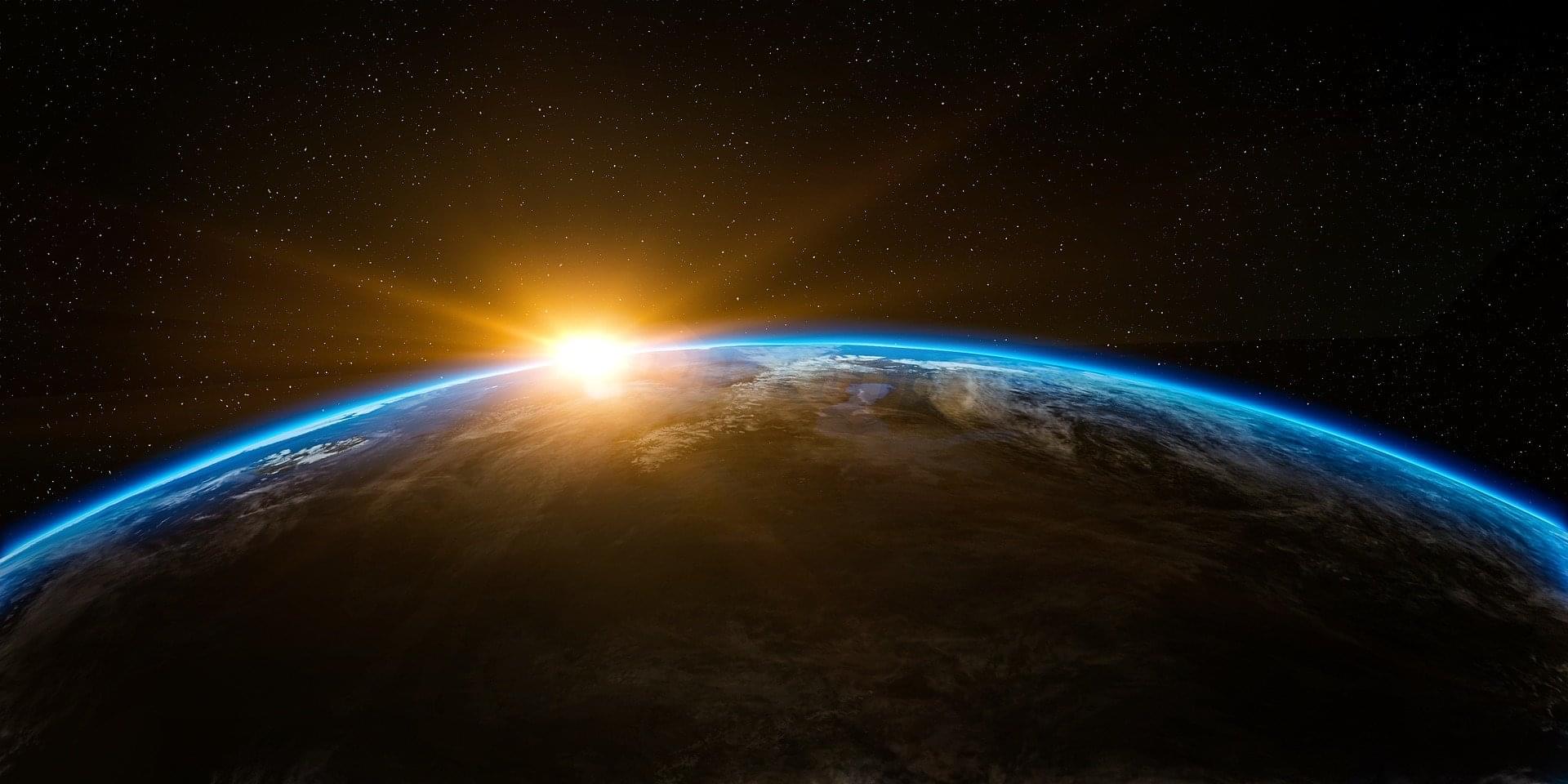Quantum computers promise to speed calculations dramatically in some key areas such as computational chemistry and high-speed networking. But they’re so different from today’s computers that scientists need to figure out the best ways to feed them information to take full advantage. The data must be packed in new ways, customized for quantum treatment.
Category: chemistry – Page 8
Imagine a smoke detector that, instead of warning residents of smoke before a fire engulfs their home, is placed in mass-transit locations to alert travelers and first responders to hazardous chemicals in the air.
MIT researchers have created a periodic table that shows how more than 20 classical machine-learning algorithms are connected. The new framework sheds light on how scientists could fuse strategies from different methods to improve existing AI models or come up with new ones.
For instance, the researchers used their framework to combine elements of two different algorithms to create a new image-classification algorithm that performed 8% better than current state-of-the-art approaches.
The periodic table stems from one key idea: All these algorithms learn a specific kind of relationship between data points. While each algorithm may accomplish that in a slightly different way, the core mathematics behind each approach is the same.
A research team has developed an innovative single-step laser printing technique to accelerate the manufacturing of lithium-sulfur batteries. Integrating the commonly time-consuming active materials synthesis and cathode preparation in a nanosecond-scale laser-induced conversion process, this technique is set to revolutionize the future industrial production of printable electrochemical energy storage devices. The team was led by Prof. Mitch Li Guijun, Assistant Professor from the Division of Integrative Systems and Design at the Hong Kong University of Science and Technology (HKUST).
The findings of this study are published in the journal Nature Communications.
Lithium-sulfur batteries are expected to supersede existing lithium-ion batteries due to sulfur cathodes’ high theoretical energy density. To ensure the rapid conversion of sulfur species, these cathodes are typically composed of active materials, host materials (or catalysts), and conductive materials.
ICLR 2025
Shaden Alshammari, John Hershey, Axel Feldmann, William T. Freeman, Mark Hamilton.
MIT, Microsoft, Google.
[ https://openreview.net/forum?id=WfaQrKCr4X](https://openreview.net/forum?id=WfaQrKCr4X
[ https://github.com/mhamilton723/STEGO](https://github.com/mhamilton723/STEGO
Prebiotic molecules central to life’s earliest metabolic processes—chemical reactions in cells that change food into energy—may have been born in deep space long before Earth existed, according to new research from the University of Hawaiʻi at Mānoa Department of Chemistry.
Scientists in the W. M. Keck Research Laboratory in Astrochemistry have recreated the extreme conditions found in dense interstellar clouds and discovered a way for the complete set of complex carboxylic acids—critical ingredients in modern metabolism—to form without life on timescales equivalent to a few million years.
The study, published in the Proceedings of the National Academy of Sciences, focused on molecules such as those in the Krebs cycle, a fundamental metabolic pathway used by nearly all living organisms. These molecules, which help break down nutrients to release energy, may have cosmic origins, forming in the icy, low-temperature environments of interstellar space.
A technology for hydrogen (H2) production has been developed by a team of researchers led by Professors Seungho Cho and Kwanyong Seo from the School of Energy and Chemical Engineering at UNIST, in collaboration with Professor Ji-Wook Jang’s team from the Department of Materials Science and Engineering at UNIST.
Their research is published in the journal Nature Communications.
This innovative method utilizes biomass derived from sugarcane waste and silicon photoelectrodes to generate H2 exclusively using sunlight, achieving a production rate four times higher than the commercialization benchmark set by the U.S. Department of Energy (DOE).
In an experiment reminiscent of the “Transformers” movie franchise, engineers at Princeton University have created a type of material that can expand, assume new shapes, move and follow electromagnetic commands like a remotely controlled robot, even though it lacks any motor or internal gears.
“You can transform between a material and a robot, and it is controllable with an external magnetic field,” said researcher Glaucio Paulino, the Margareta Engman Augustine Professor of Engineering at Princeton.
In an article published in Nature, the researchers describe how they drew inspiration from the folding art of origami to create a structure that blurs the lines between robotics and materials. The invention is a metamaterial, which is a material engineered to feature new and unusual properties that depend on the material’s physical structure rather than its chemical composition.
Using spill-treating agents to clean up oil spills does not significantly hinder naturally occurring oil biodegradation, according to a new study. The research, published in Applied and Environmental Microbiology, provides information that will be useful in future oil spills.
Biodegradation is an incredibly important natural process when it comes to oil spill cleanup. A significant portion of the oil can be permanently removed from the contaminated area through microbial activity. On-scene coordinators and other first responders must weigh the benefits against potential risks of any response action, such as using spill-treating agents. Emergency response actions to oil spills vary widely depending on the scale of an oil spill, location and environmental conditions.
Different treating agents serve different functions. Oil dispersants break the oil into smaller droplets. Surface washing agents lift stranded oil from solid substrates. Chemical herders corral oil into a thicker slick to ease mechanical removal and can also enhance burning efficiency.
Chemists have confirmed a 67-year-old theory about vitamin B1 by stabilizing a reactive molecule in water—a feat long thought impossible. The discovery not only solves a biochemical mystery, but also opens the door to greener, more efficient ways of making pharmaceuticals.
The molecule in question is a carbene, a type of carbon atom with only six valence electrons. Generally, carbon is stable with eight electrons around it. With only six electrons, it is chemically unstable and highly reactive. In water, it usually decomposes instantly. But for decades, scientists have suspected that vitamin B1, also known as thiamine, may form a carbene-like structure in our cells to carry out vital reactions in the body.
Now, for the first time, researchers have not only generated a stable carbene in water, they’ve also isolated it, sealed it in a tube, and watched it stay intact for months. This discovery is documented in a paper published last week in Science Advances.









